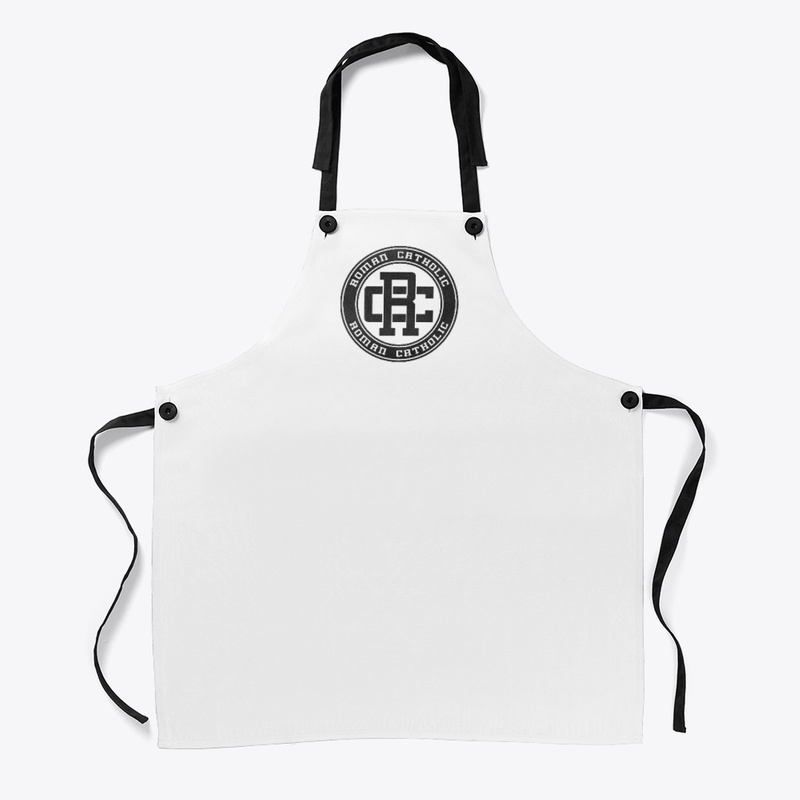Catholic Activity: Holy Saturday Activities in the Home
Holy Saturday is a day of anticipation, as we know Christ will be resurrected the next day. These are suggestions for the family prayers and preparations for Easter.
DIRECTIONS
Holy Saturday is a day of solemn anticipation and of hushed and prayerful waiting at the tomb of Christ. We are certain of His resurrection but we dare not shout the joyous Alleluias until the Church has rekindled the Light of the World at the evening vigil service.
So we wait throughout this day. The sorrow of Good Friday is replaced by quiet hope, but still we are reserved. There is as yet no time for parties and secular visiting and gaiety. This day before the greatest feast of the whole Church year belongs to Christ.
We will create opportunities for additional spiritual reading, in addition to performing the necessary household tasks. During the meals there is opportunity to discuss the coming vigil service with the children and to reflect on its meaning. The account of Ezekiel's vision of the field of dry bones (one of the Readings at the Evening Vigil Service) immediately captures the interest of both children and adults. Booklets are easily obtainable that give the entire Vigil Service along with needed and helpful explanatory comment (for instance, The Liturgy of Holy Week contains all the official liturgical texts from Palm Sunday to Easter Sunday inclusive; such a booklet is an absolute necessity for living spiritually with the Church during Holy Week.) It is hardly possible to follow intelligently the long and intricate Easter Vigil Service or profit spiritually from it without having devoted considerable time and effort beforehand to gaining an understanding of its unique style, content and objectives.
In many cases Holy Saturday will be the only day of Holy Week when the husband is at home all day. It may be his one chance for a day of silence and meditation and reading. But family life must go on, so Holy Saturday is also a day of immediate preparation of house and of food for the Easter feast. The finest food that the family can afford is purchased.
The preparation of it is the most careful and meticulous that the wife can attain, and all members of the family cooperate in a spirit of charity to do their chores.
The Easter meal is primarily a religious feast. It normally requires privacy and intimacy which only the home can give. The motive of the husband who wants to take his wife and family "out" to Easter dinner is good. We can sympathize also with the wife who wants to go. But there are really many other occasions during the year for the husband to display his solicitude and for the wife to be relieved of work; so if it is at all possible, the family should plan a family meal with all the fine touches and attention and use of symbolism and of prayer which will make this meal stand out in our memories as the most important of the year.
The Easter egg remains an excellent home device for the education and the delight of children. The egg is a symbol of the resurrection, of life emerging from the tomb. The older children can help to color the eggs and create Easter symbols, e.g., the chi-rho, lamb, candles, and alleluias. A suitable container is made ready for Easter water, to be obtained after the vigil service, and on returning home (or later on Easter day) the rooms and food are amply sprinkled with holy water and blessed by the father of the family. It would be fitting, too, for him to read aloud some of the prayers of the Baptismal service of the Easter Vigil, that we recall the meaning of water and of holy water in God's providential plan.
Activity Source: Lent and Holy Week in the Home by Emerson and Arlene Hynes, The Liturgical Press, Collegeville, Minnesota, 1977






